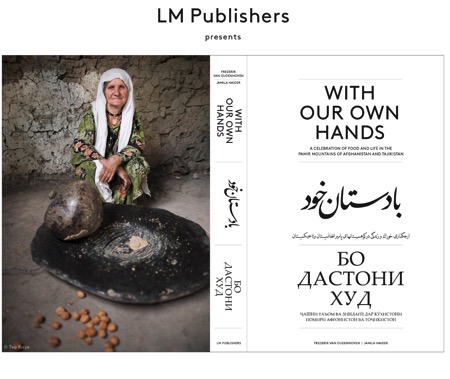More of a proper catch-up Nibbles later, but these should hold you for a while.
- Le Figaro goes to Svalbard.
- But Wired goes into much more depth on the tragic situation in Syria.
- Many AgAtlas pages now include interactive mapping and data download, eg AEZ. About time :)
- Looking for information on varieties of ornamental plants? Look no further.
- Diversity in wild European apples: past, present and future.
- Genetic garden opens in Bangalore.
- The perils of sandalwood smuggling.
- Dam the Amazon, full speed ahead! What will happen to all that human body bacteria diversity?
- ICRISAT’s new DG has a blog. Looking forward to his first foray into the genebank.
- Lots of stuff on African traditional veggies in AVRDS’s latest newsletter.
- The swimming camels of Gujarat get protection. I’d pay money to see them, I really would.
- Patagonian women farmers are doing it for themselves, at last.
